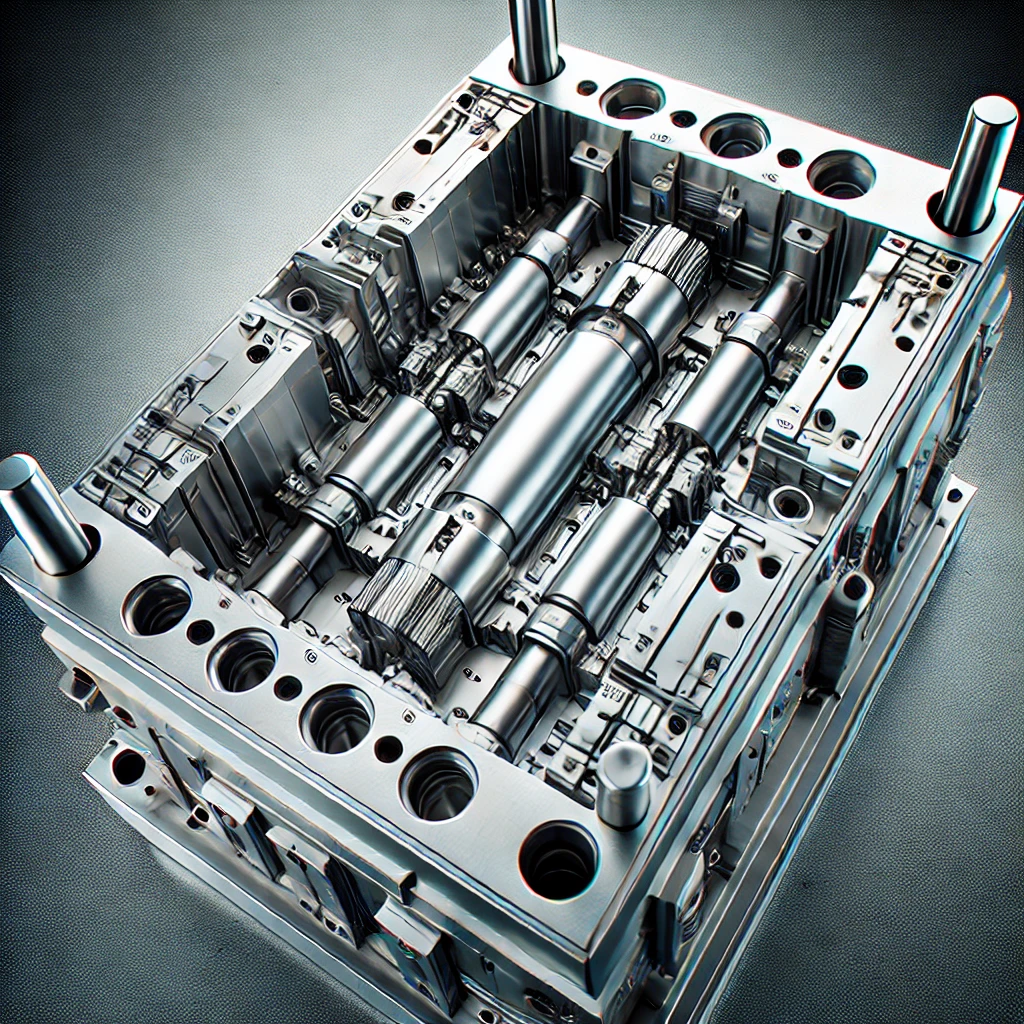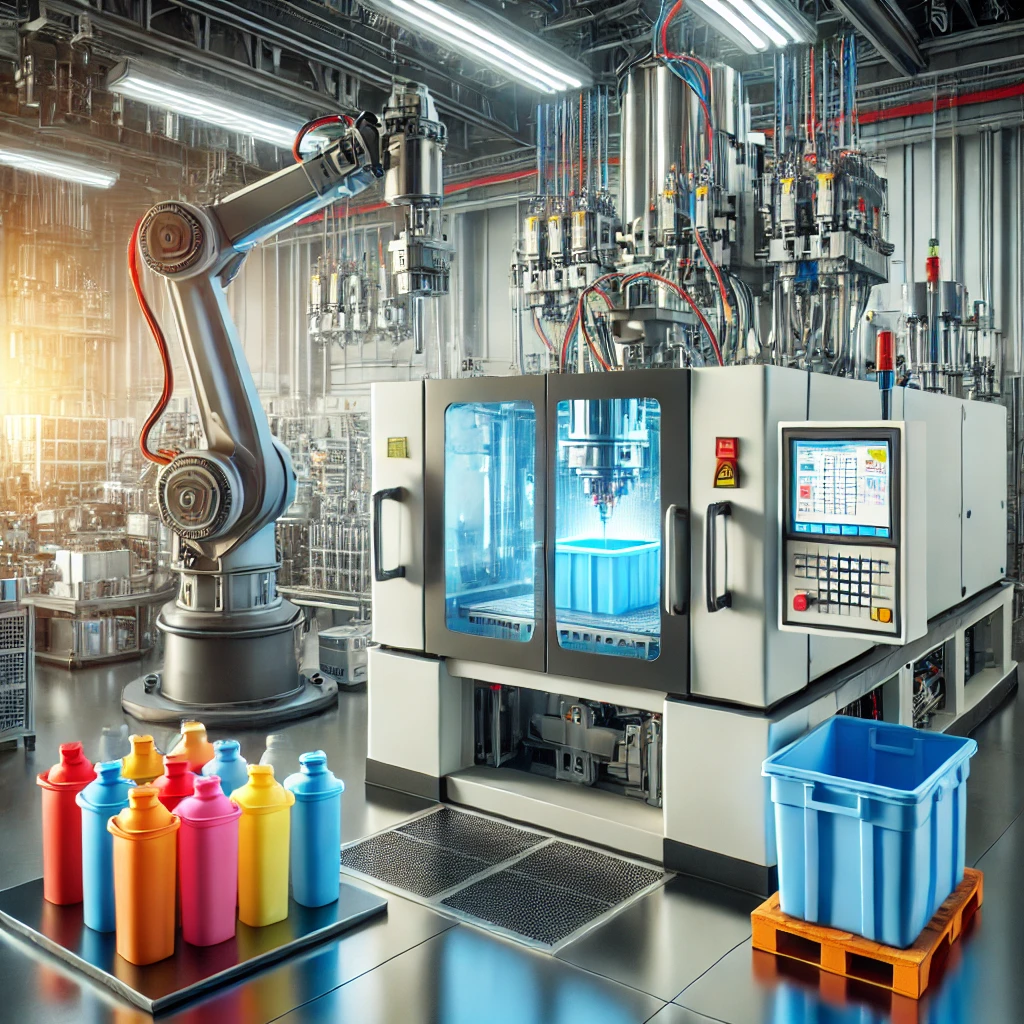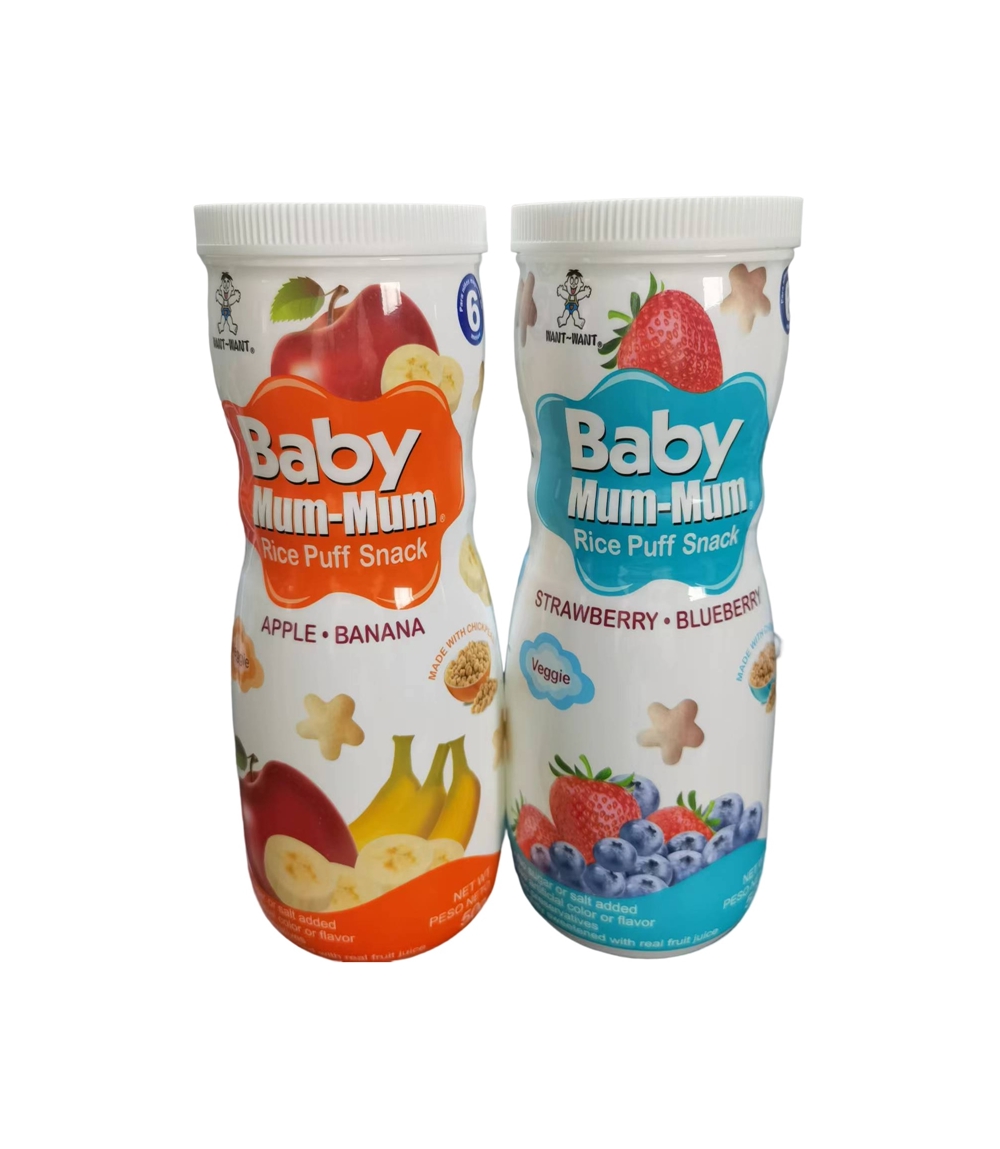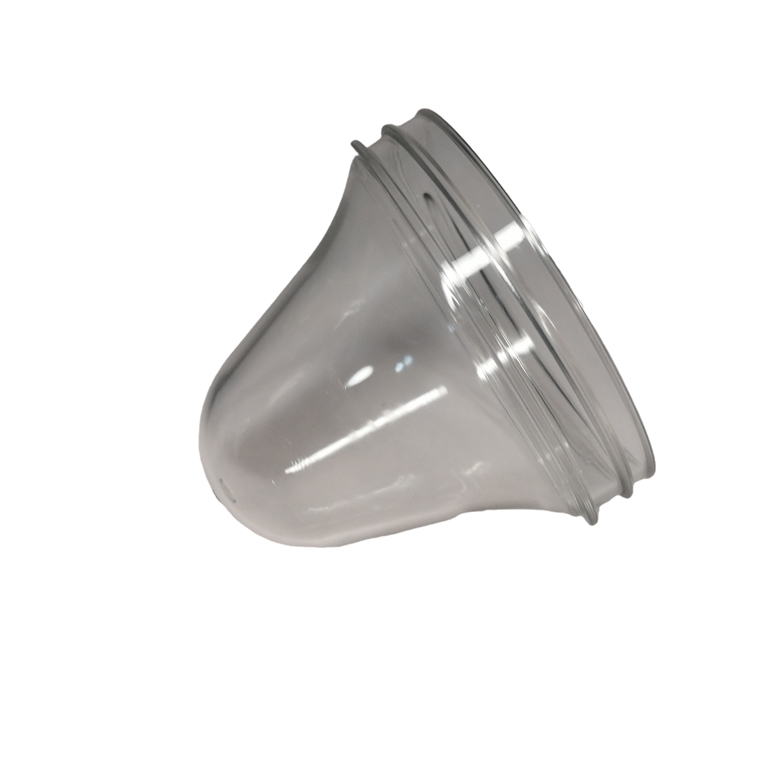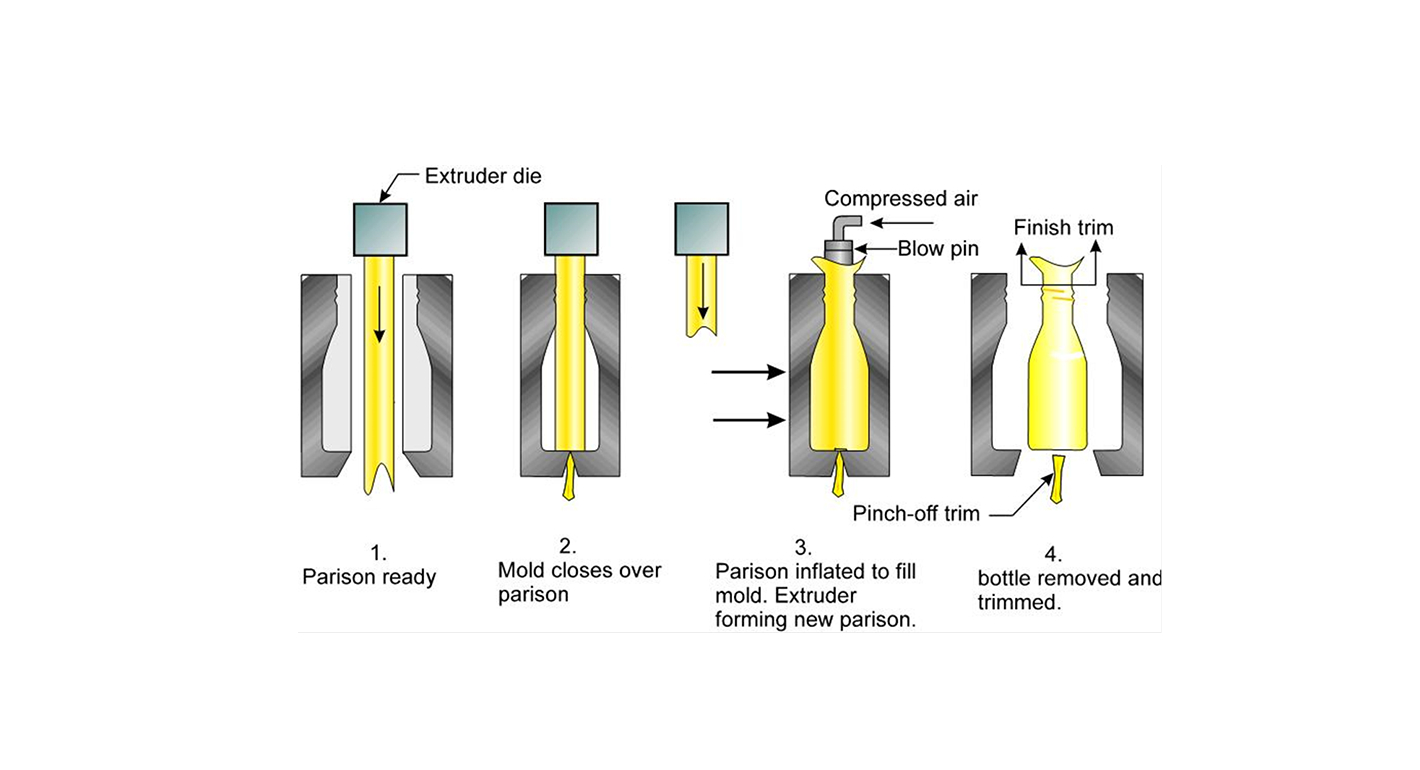Polypropylene (PP) demonstrates versatility through variations like PP-H (polypropylene homopolymer), PP-C (polypropylene copolymer), and PP-R (polypropylene random copolymer), each crafted for specific applications, with below article, We delve into Polypropylene types and applications.

PP-H (Polypropylene Homopolymer)
PP-H, or polypropylene homopolymer, exhibits high crystallinity and melting point, with notable features like excellent chemical resistance and stiffness. Commonly used in industrial piping systems, PP-H pipes withstand harsh chemicals and high temperatures, ideal for chemical processing plants and water treatment facilities.
In packaging, PP-H is often employed for rigid containers and bottles, ensuring secure storage without compromising contents. Its chemical resistance is advantageous for preserving the quality of chemicals, pharmaceuticals, and detergents. Additionally, PP-H ensures the integrity of pharmaceutical products in medical packaging.
Regarding molding and physical properties, PP-H tends to have higher molding shrinkage, impacting dimensional stability. It may also have lower impact resistance, making it less suitable for tough applications.
PP-C (Polypropylene Copolymer)
PP-C, resulting from copolymerization with another monomer, often ethylene, possesses enhanced impact resistance and flexibility. Widely used in manufacturing automotive parts, including bumpers and interior components, PP-C withstands impact and provides durability.

PP-C’s impact resistance and flexibility make it preferred for various consumer goods, including storage containers and household products. In the automotive sector, it plays a crucial role in producing exterior components, enhancing vehicle safety with impact resistance and allowing intricate designs in interiors.
PP-C typically experiences moderate molding shrinkage, requiring attention during molding. While offering improved impact resistance, it may be less robust than certain materials, necessitating reinforcement for specific applications.
PP-R (Polypropylene Random Copolymer)
PP-R, with a random arrangement of propylene and ethylene units, offers improved thermal and impact resistance. Extensively used in the construction industry for plumbing systems, it handles hot and cold water, resisting corrosion.

PP-R’s thermal resistance and durability make it suitable for heating and plumbing systems in buildings. In healthcare, it finds applications in plumbing systems due to bacterial resistance and durability.
PP-R generally exhibits lower molding shrinkage compared to PP-H but may still require attention in precision molding. Despite better impact resistance than PP-H, careful selection is necessary for impact-critical parts.
In conclusion, PP-H, PP-C, and PP-R cater to specific industry needs, from packaging and consumer goods to automotive, construction, and healthcare applications. The versatility of polypropylene types and applications establishes polypropylene as a key player, contributing to durable and efficient solutions across diverse industries.



